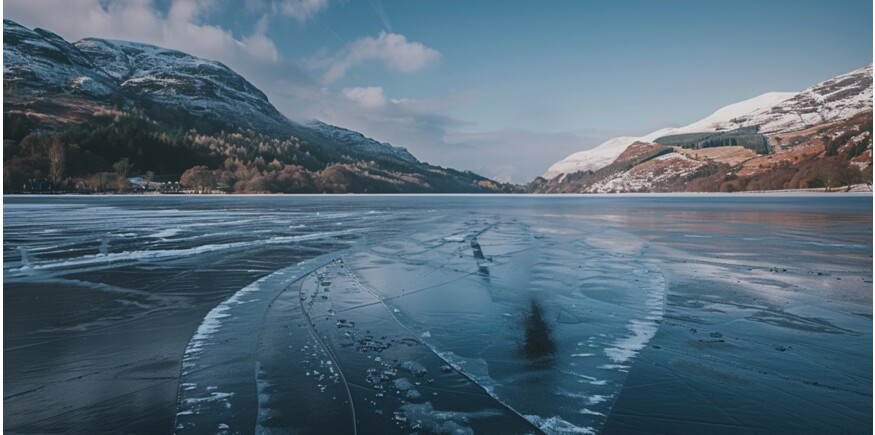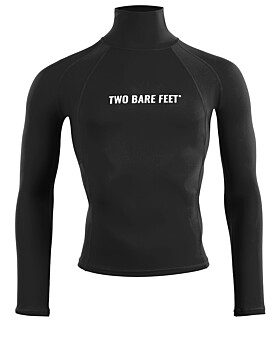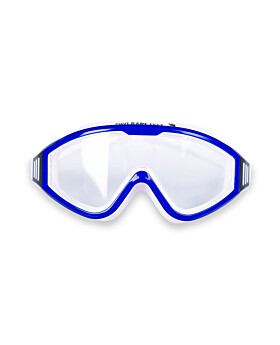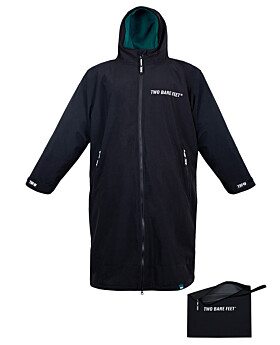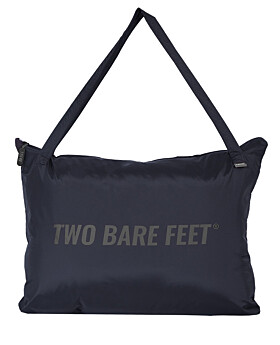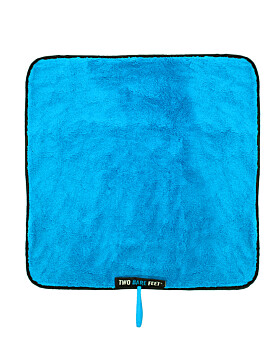People have been immersing themselves in cold water for centuries – not simply as an act of daring, but for its numerous well-being benefits.
From ancient plunges into icy Roman baths to more modern practices like wild swimming, cold water therapy is gaining popularity as more people discover how it can support physical health, mental wellbeing, and emotional balance.
The essence of cold water therapy
Simply put, cold water therapy involves exposing the body to cold water for a short period. The 'cold' in question is relative – it typically ranges from ‘freezing’ to 20°C. This encompasses everything from ice baths in controlled environments to wild swimming in the natural, often unpredictable, waters of lakes, rivers, and oceans.
Over time, individuals who regularly participate in cold water therapy may opt to progress to colder temperatures and longer immersion times in colder bodies of natural water.


The spectrum of cold water exposure
- Cold showers (15-20°C): This is a readily accessible way to introduce yourself to cold water therapy at home. Most household cold taps reach temperatures within this range.
- Cool/cold outdoor swims (10-15°C): Taking a dip in a lake, river, or the sea can be a refreshing and invigorating experience, especially during the warmer months. However, in spring and autumn, these natural bodies of water can reach temperatures that qualify as cold therapy.
- Ice baths (below 5°C): This is an intense form of cold water therapy typically experienced in a controlled environment like a spa or wellness centre.
The benefits of cold water therapy
While ongoing studies continue to shed light on the mechanisms at work, some of the well-founded potential benefits of cold water therapy include:
Improved circulation and muscle recovery
After a tough workout, our muscles may become inflamed and sore. Cold water exposure can help ease muscle soreness.
When you first submerge yourself in cold water, your body responds by constricting blood vessels near the skin to conserve warmth. This redirects blood flow towards your core.
As you warm up afterward, a process called vasodilation occurs: blood vessels widen, improving blood flow and potentially flushing away lactic acid, reducing inflammation and muscle soreness.
Immune system support
While cold temperatures alone won't fight off illness, some research suggests that regular cold water exposure may give your immune system a welcome boost. This is thought to involve the production of white blood cells, which help your body combat infections.
Enhanced mental clarity and focus
There’s something instantly invigorating about that brisk first step into cold water. This isn't just a feeling – research indicates that cold water therapy might stimulate the release of 'feel-good' neurotransmitters like dopamine and norepinephrine, potentially leading to sharper focus and alertness.
Mood and stress reduction
Studies suggest that regularly facing the challenge of cold water can act as a positive stressor, contributing to improved mood and potentially decreased anxiety levels over time. Some believe regular cold water exposure helps develop resilience and mental fortitude.
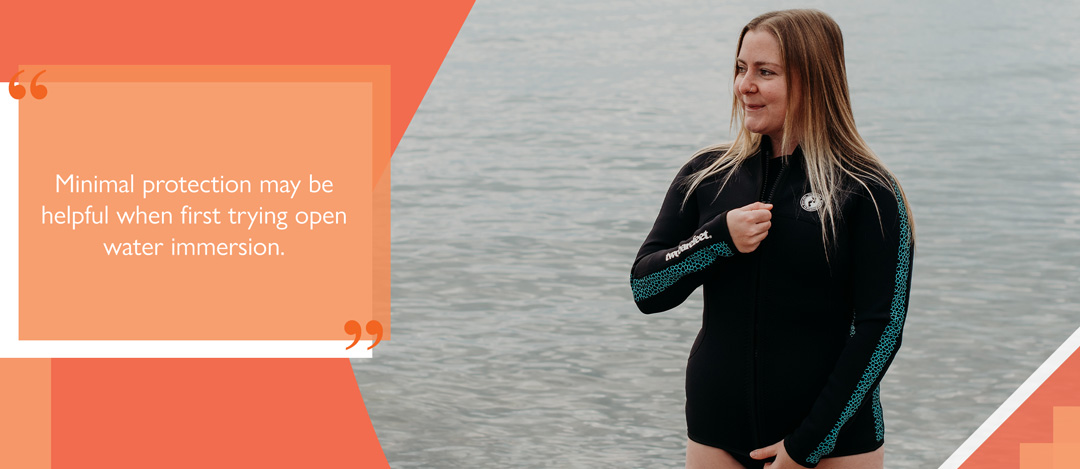

Is cold water therapy right for everyone?
Cold water therapy is generally considered safe for most healthy individuals. However, there are important considerations:
- Listen to your body: It's crucial to start with short durations and gradually increase in duration and decrease in temperature. If you feel uncomfortable, it's vital to stop.
- Pre-existing conditions: If you have any underlying health conditions, such as heart problems, circulatory issues, epilepsy, or high blood pressure, it's essential to speak to your doctor beforehand.
While there are many positive things to be said for cold water therapy, remember that much of the research surrounding its effects is still at an early stage. More studies are needed to fully understand the mechanisms behind these potential benefits.
Getting started with cold water therapy
If you're curious about trying cold water therapy, there are several ways to get started:
Ease in with cold showers
Begin with your regular shower temperature and gradually reduce it towards the end by small increments. Aim for 30 seconds to a minute of cold, gradually increasing over time.
Cold water immersion
Once you're comfortable with cold showers, consider venturing outdoors for a dip in a lake, river, or the sea. Researching and visiting local lakes, rivers, and coastal areas, while keeping safety and environmental conditions in mind, is essential.
Wim Hof and other methods
If you're interested in a more structured approach, you can explore options like the Wim Hof method, which combines specific breathing exercises with cold water exposure. There are also resources available online and in some communities for guided cold water immersion sessions.
Understand the risks before you start
Safe practice of cold water therapy is paramount.
Cold water shock can affect breathing and heart rate. Always enter the water slowly, control your breathing, and avoid diving or jumping in headfirst. You should also always check weather conditions and water temperatures before entering open water.
A light warm-up before entering cold water can reduce the shock factor and make the experience more enjoyable.
In addition, ensure you choose a safe and familiar location with easy access points in case you need to get out of the water quickly.
Never participate in cold water immersion alone. Seek out local swimming or wild swimming groups where you can connect with experienced open water swimmers and enjoy the experience safely.
Essential gear for a cold water therapy session
When venturing outside to swim in open water, having the right gear can make the experience more enjoyable and comfortable. Here are some key items to consider from Two Bare Feet's extensive range:
Swimwear
While some may claim that wearing anything other than a swimsuit negates the benefits of cold water immersion, it's vital to remember that everyone is unique.
Having some modest protection may be beneficial when you acclimatise to cold water in an uncontrolled situation. This makes a rash vest and shorts a useful choice for first-time submersion.
Made from high-quality, stretchable fabric, Two Bare Feet rash vests provide a snug fit that can help reduce the impact of cold water shock on the body. The material used in our rash vests also boasts quick-drying properties, ensuring you don’t remain cold and wet for long once you’re out of the water.
In addition to providing a thin, flexible barrier against the skin, a rash vest can also offer some protection against abrasions from sand and rocks; perfect for the unpredictable terrain found in and around open water spots.
Swim goggles
If you’re concerned about the prospect of being unable to see in murkier water or just don’t like the idea of potential eye irritation while submerged, a pair of googles can be a useful accessory to have.
Larger mask-like goggles with wider coverage can help reduce the painful feeling of cold water against your eyes and face. Two Bare Feet's range of single-lens swim goggles offer a wide field of vision, allowing swimmers to maintain clear sight above and below the waterline, which is crucial for both safety and enjoyment during outdoor cold water therapy sessions.
The ergonomic design ensures a secure fit that minimises water entry without applying excessive pressure around the eyes and forehead, while anti-fog technology and UV protection enhances clarity of vision and protects the eyes from the sun's harmful rays.
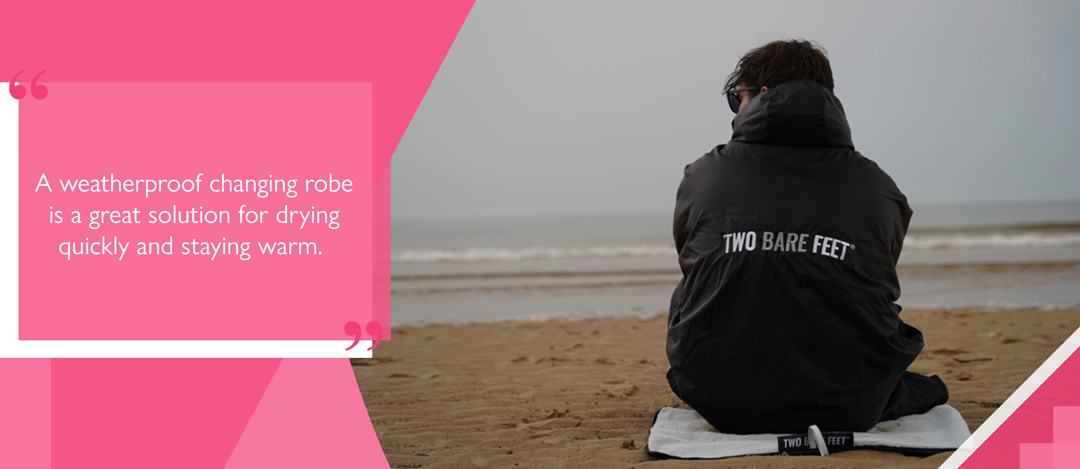

Weatherproof changing robe
After a cold dip, you'll want to warm up and dry quickly. However, if the weather is not cooperating, this may prove challenging. And if you're outside in an area with limited changing facilities, the ability to get into warm clothes in private may be difficult.
Even if the conditions are unfavourable, a weatherproof changing robe from Two Bare Feet is an excellent solution. Lined with absorbent, thermal sherpa fleece, and constructed with a durable, water- and wind-resistant exterior, our weatherproof robes offer a cozy refuge as you transition from the chill of open water to dry land.
The spacious design allows for easy changing without sacrificing privacy, making it simpler to slip out of wet swimwear and into something warm, even in the most public of spaces. Large, deep pockets also keep your hands warm and essentials secure, while the sherpa-lined hood offers protection and comfort for your head.
We recommend complimenting your robe with a changing mat, to ensure you have a dry, surface to stand on while getting changed. Lightweight and easy to roll up, these use the same absorbent material found inside our changing robes, ensuring your feet stay warm and dry.
Weatherproof tote bag
You'll want to keep your possessions safe and dry on shore while you're in the water, so invest in a solution that can withstand all situations.
A weatherproof tote bag is a great choice if you require a carry-all that can withstand exposure to the elements. Our bags, made of durable, water-resistant materials, keep your clothes, personal belongings, and electronic devices dry and protected no matter what the weather.
In addition to being easy to fold and pack away, when not in use, our weatherproof tote bags also feature a full-length zip closure, making it easy to access the bag’s contents while also preventing water ingress.
Taking the plunge with confidence
Cold water therapy is a transformative practice with deep roots and significant benefits for both mind and body. Whether you're taking your first hesitant steps into a cold shower or diving into the vastness of an open lake, the journey is deeply personal and profoundly rewarding.
With the right approach and the support of high-quality gear tailored for the elements, anyone can explore the invigorating world of cold water therapy.
Remember: it's important to listen to your body and gradually increase the intensity and duration of your exposure as you become more comfortable. But with the right preparation, you can potentially discover a resilience perhaps previously unimagined.

